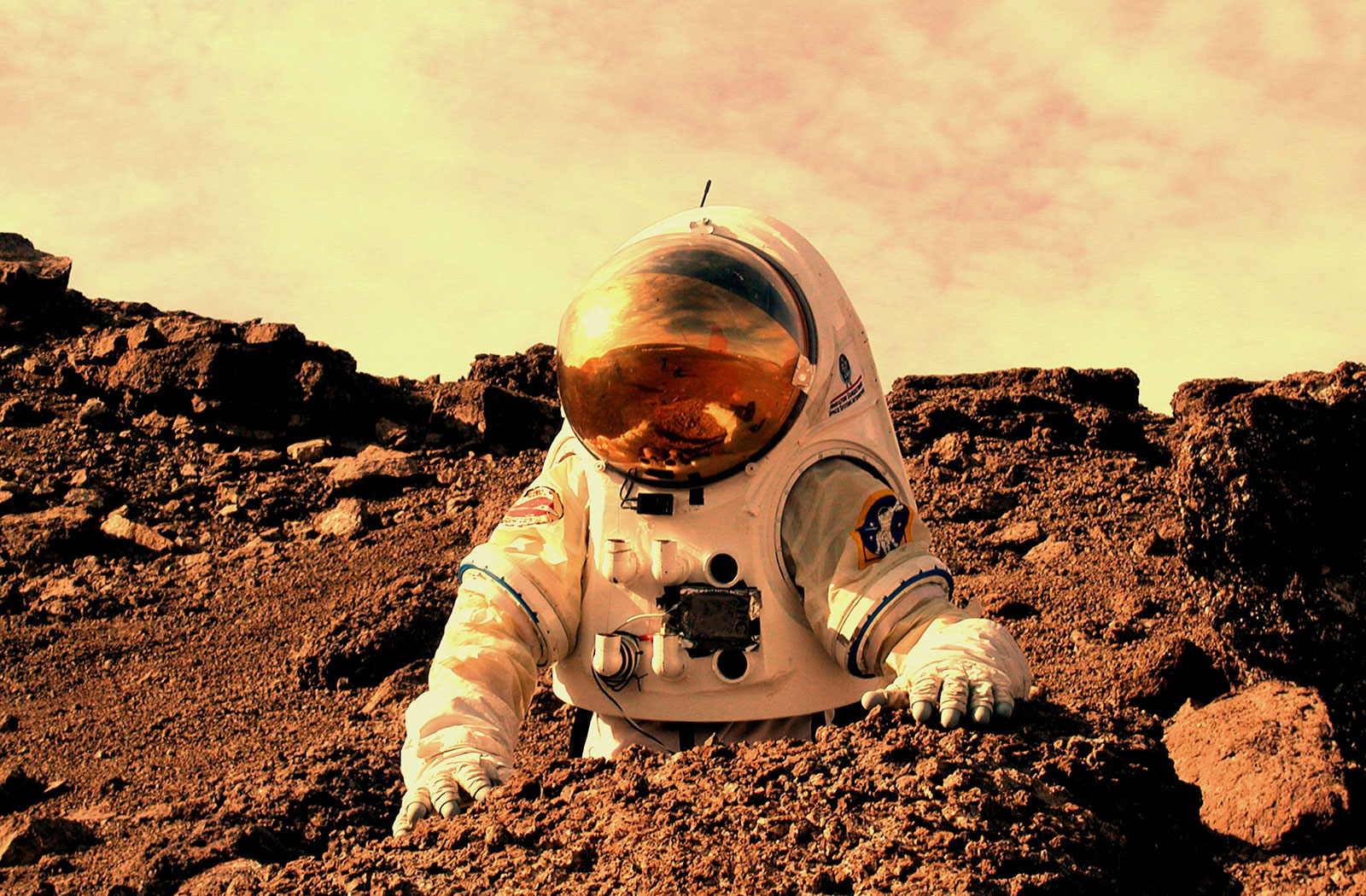
Journey to Mars: How NASA is tackling several challenges for sending Astronauts to Mars
Going to Mars is as said, easy to imagine than achieve. NASA and bunch of other government and public space agencies and companies have been investing millions and billions into developing the technology required to travel a vast distance from Earth to the Mars which has been the plot of many movies, however, it has its own myriad of challenges that would be required to be resolved before a crew mission to Mars can actually take off probably in the next decade or soon. David Saint-Jacques who served as an astronaut aboard ISS asserted that spaceflight is one of the most dangerous things humans have ever done and it indeed will always be.
He added that a risk balance between the value of the trip opposed to the likelihood of surviving it is taken into consideration before such mission could be launched. Several teams at NASA are trying to plug the gap between these two figures and once the figure makes sense, the first crewed mission to Mars will be launched. But it has its own challenges and difficulties that the scientists must tackle beforehand.
The assumption that the most important thing required for a mission to the Mars is technology is not entirely true. The psychological condition of the crew is highly important as well. Researchers are trying to ascertain the psychological effects on humans of being in space in complete isolation and for a longer duration than ever before. This marked the foundation for a project run by the University of Hawaii which is looking after its volunteers who are supposed to spend eight months in an 11-meter wide dome between rocky, red-hued, and remote hillside region near the Mauna Loa volcano which is one of the best sites that resembles the surface of the Mars.
As per the instructions, volunteers are needed to spend most of their day inside the dome. They usually roam around the dome which is an arid and remote place where they collect samples and conduct experiments but in their fully-functional spacesuit just as they would do on the Martian surface. All the communication channels are set on a time delay which is homologous to a one-way communication between Earth and the Mars and vice versa. The distance between these two neighboring planets is too huge that it takes up to 20 minutes to establish one-way communication which can be frustrating. But the mission is designed to mimic each and every aspect of Mars mission where the crew needs to be patient irrespective of the circumstances.
The second biggest challenge for a successful mission to Mars is the spacecraft. Volunteers were cooped into a small windowless habitat at the Johnson Space Center in Houston for 45 days which helps scientists to understand human psychology and reaction as well as how monotonous activities day-in and day-out will affect the behavior of the crew. NASA is presently working on its Orion spacecraft which has been built to complete a mission to the Mars and back. Although its size is larger than the Apollo missions that were used for moon landings, it is still cramped into an area of two minivans wherein the scientists have to stuff oxygen, food supplies, water, exercise equipment, passengers and all other equipment required for a two-year round-trip mission to Mars.
Then, spacecraft will be subjected to a higher degree of radiation for which, the researchers will have to find the solution. Then, medicines and all other items required to curb any illness to any crew member and repair any potential fault or defect that might pop up en route. Then, the spacecraft must have enough fuel to complete a two-way journey from launch from the Earth’s surface, landing on Mars and then launch from the Martian surface and then landing on the Earth. However, researchers believe that humans will achieve their goals within a lifetime but not everybody thinks so optimistic.
Mission to the red planet has been delayed for decades now. Soon after the moon landing made by NASA’s astronauts, the space agency stated that they would rich Mars within 20 years, however, there has been a delay of several decades and the mission still seems to be far and might occur in the next decade. Private space companies such as SpaceX are developing technology to take humans to the Mars and has scheduled its maiden flight in 2022 or 2023.
So, do you think the crewed mission to the Mars will be accomplished anytime soon?


